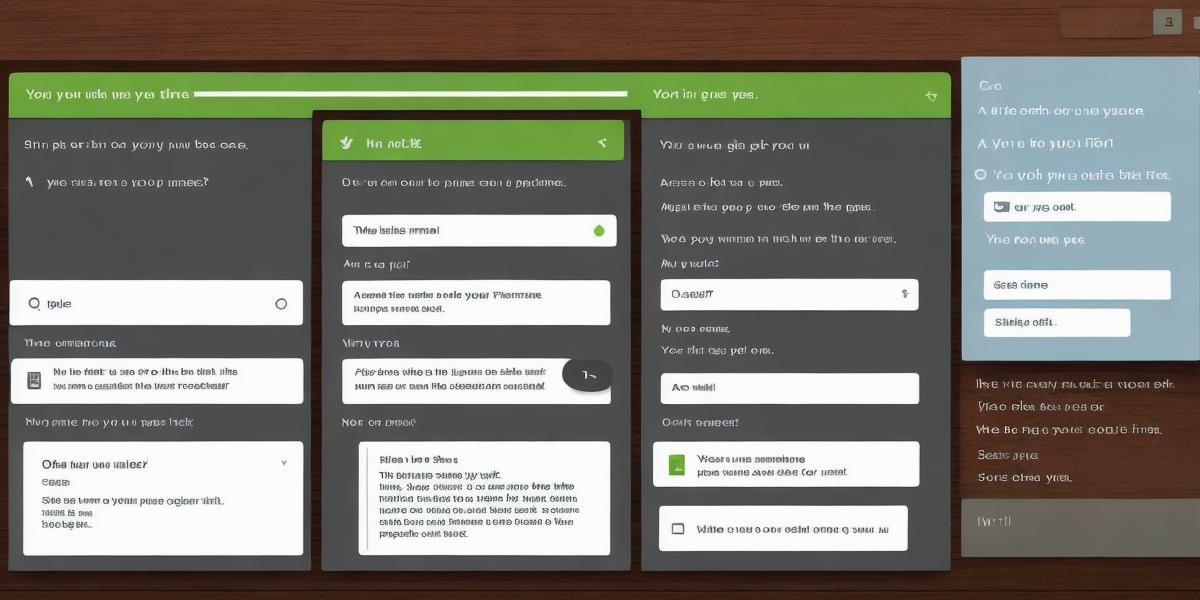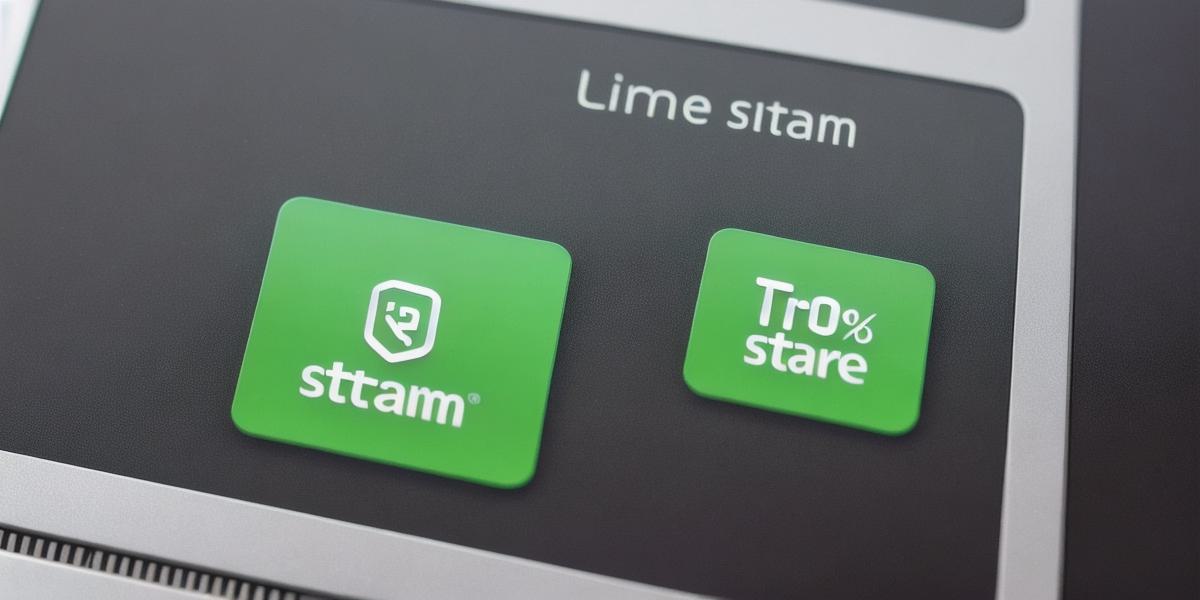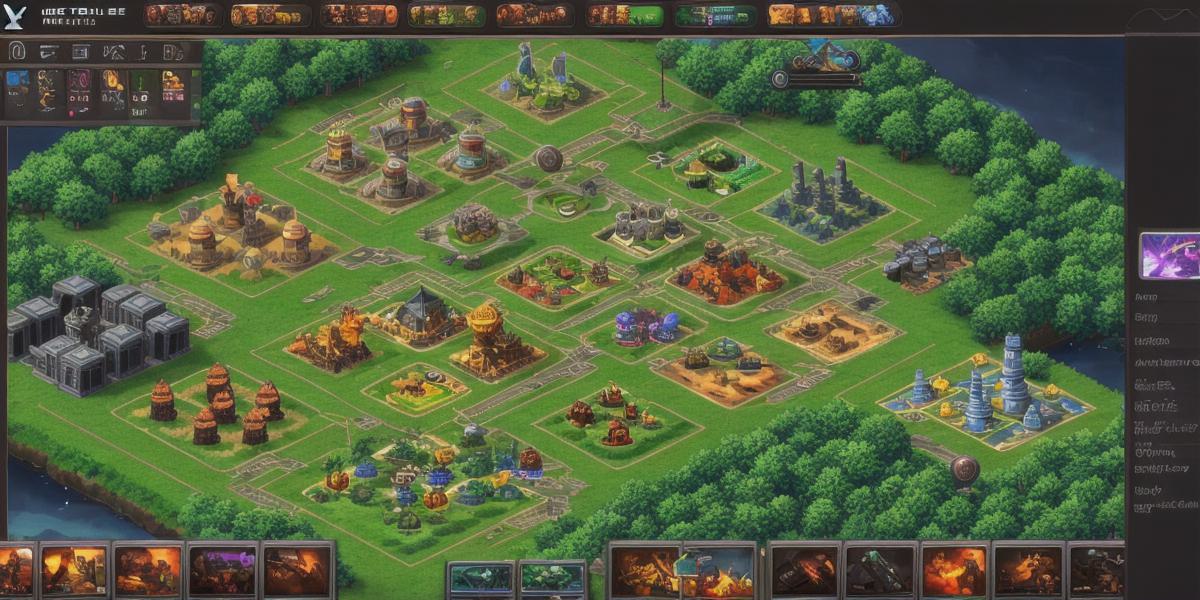Are you ready to join the world of PC gaming? If so, registering for a Steam account is the first step. But with so many options out there, it can be hard to know where to start. That’s why we’ve put together this comprehensive guide to help you get started on your Steam journey.
First and foremost, you need to create a new account on Steam. To do this, go to the Steam website (www.steamcommunity.com) and click on the "Register" button in the top right corner of the page. From there, fill out the required information, which includes your email address, a unique username, and a strong password.
Once you’ve created an account, you’ll need to verify it before you can start downloading games. To do this, go to your Steam account settings and click on the "Verify Phone Number" or "Verify Email Address" option. Follow the instructions provided, which will typically involve entering a verification code that is sent to your email address or phone number.
Now that your account is verified, you can start browsing the Steam library of games. To do this, simply click on the "Library" tab in your Steam account settings and then select the type of game you’re interested in (e.g., action, adventure, strategy). From there, you can browse by genre or use the advanced search filters to find the perfect game for you.
But before you start downloading games, it’s important to understand how Steam works. Steam is a digital distribution platform that allows you to buy and download PC games directly from your computer. When you buy a game on Steam, you’ll need to install it on your computer using the Steam client software. Once installed, you can play the game, update it, and manage your game library all from within the Steam client.
One of the key advantages of using Steam is that it allows you to keep all your PC games in one place. This means you don’t have to worry about cluttering up your hard drive with multiple game installations or keeping track of different game launchers. Instead, everything is managed through the Steam client software, which makes it easy to find and play your favorite games.
In addition to its convenience, Steam also offers a number of other features that make it an attractive choice for gamers. For example, Steam allows you to connect with friends and join multiplayer games together. It also supports cross-platform gaming, which means you can play with friends on other types of devices (e.g., consoles) even if you’re using a PC.
Of course, like any platform or service, there are some potential downsides to using Steam as well. One concern is that Steam’s digital distribution model can make it difficult for indie developers to get their games noticed by potential players. This is because Steam has strict guidelines for game submissions and review processes, which can be a challenge for smaller studios with limited resources.
Another potential downside of using Steam is that it can be difficult to keep track of all the updates and patches that are released for your games. This can be frustrating if you’re trying to play a game but it won’t load properly because there’s an update or patch that needs to be installed first.
Despite these potential downsides, the benefits of using Steam as your primary gaming platform are clear. With its vast library of games, convenient client software, and social features, Steam is a great choice for gamers of all types and sizes.






